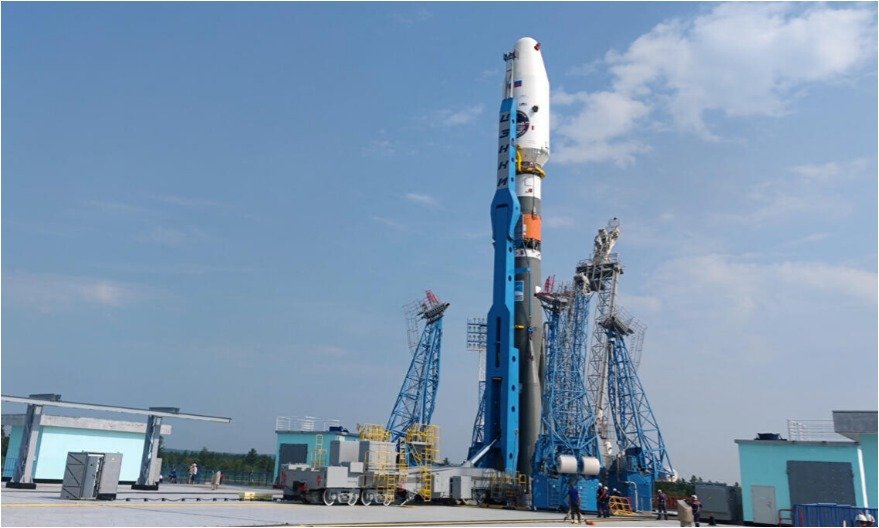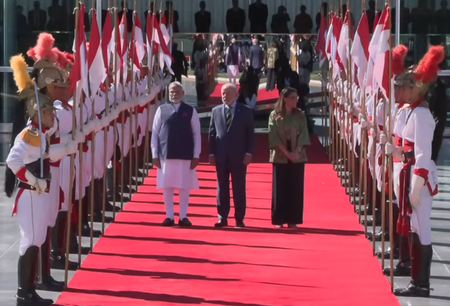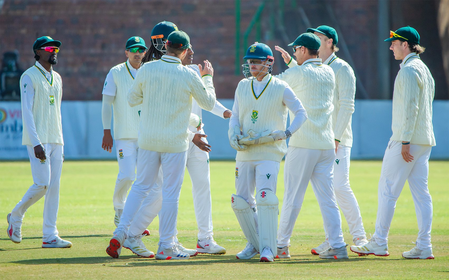
Moscow: After an interval of 47 years, Russia has embarked on a new lunar expedition with the Luna-25 spacecraft. Luna-25 was launched atop a Soyuz-2.1b rocket from the Vostochny launch facility in Russia at 2:10 a.m. Moscow time (4:40 am IST) on Friday, as reported by the TASS news agency.
The preceding Russian lunar mission, Luna-24, took place in 1976 during the era of the former Soviet Union. This mission successfully transported approximately 170 grams of lunar samples back to Earth.
Luna-25 is projected to enter the Moon’s orbit on August 16 and subsequently touch down on August 21. It will spend anywhere from three to seven days at an altitude of about 100 km above the lunar surface before executing a landing near the Boguslawsky crater. Potential alternate landing sites include the Manzinus and Pentland-A craters.
Upon safe landing, Luna-25’s mission is set to extend for at least one Earth year. Its primary objective is to refine soft landing technology, potentially making it the inaugural spacecraft to touch down near the Moon’s South Pole. Maxim Litvak, a chief scientist from Russia’s Space Research Institute (IKI), stated on the IKI website, “Luna-25’s ‘most important task, to put it simply, is to sit where no one has sat.”
Litvak also expressed the intrigue surrounding the polar regions, which has garnered substantial attention within the scientific community due to the presence of indications of ice in the lunar soil, unlike equatorial regions.
Coincidentally, Luna-25 is scheduled to land in the same general vicinity and around the same timeframe as India’s Chandrayaan 3 probe, which was launched on July 14 and achieved lunar orbit on August 6.
The United States’ NASA has its own plans to establish lunar bases near the Moon’s south pole by the late 2020s through the Artemis program. Luna-25’s mission encompasses resource exploration, particularly for water, and the study of space radiation and electromagnetic effects on the lunar surface.
The lander is outfitted with multiple cameras to capture a timelapse of the landing process and an HDR wide-angle image of the lunar landscape. These cameras will operate on pre-programmed intervals and in response to signals from Earth.
Furthermore, Roscosmos’ Director General has unveiled a timeline for forthcoming Moon missions: “Luna-26 is planned for 2027, Luna-27 for 2028, and Luna-28 in 2030 or beyond,” as stated by Yury Borisov. Following this phase, Russia’s space corporation will initiate the subsequent stage of their lunar exploration program.




